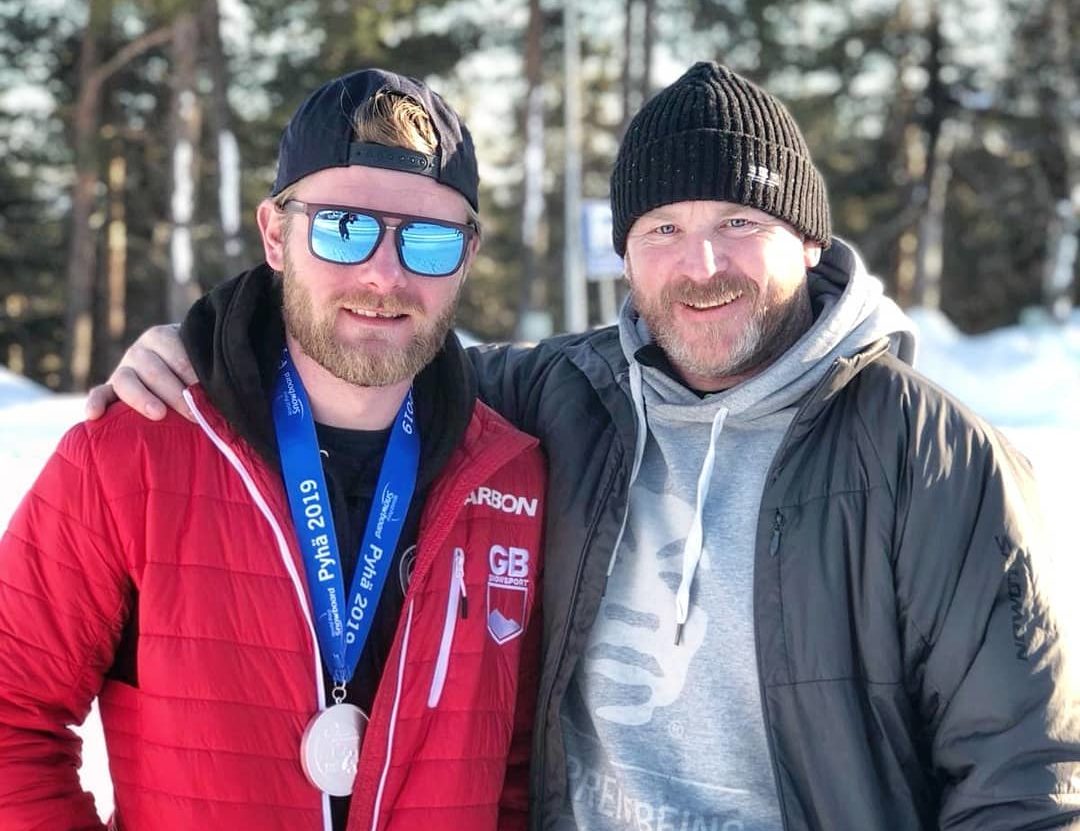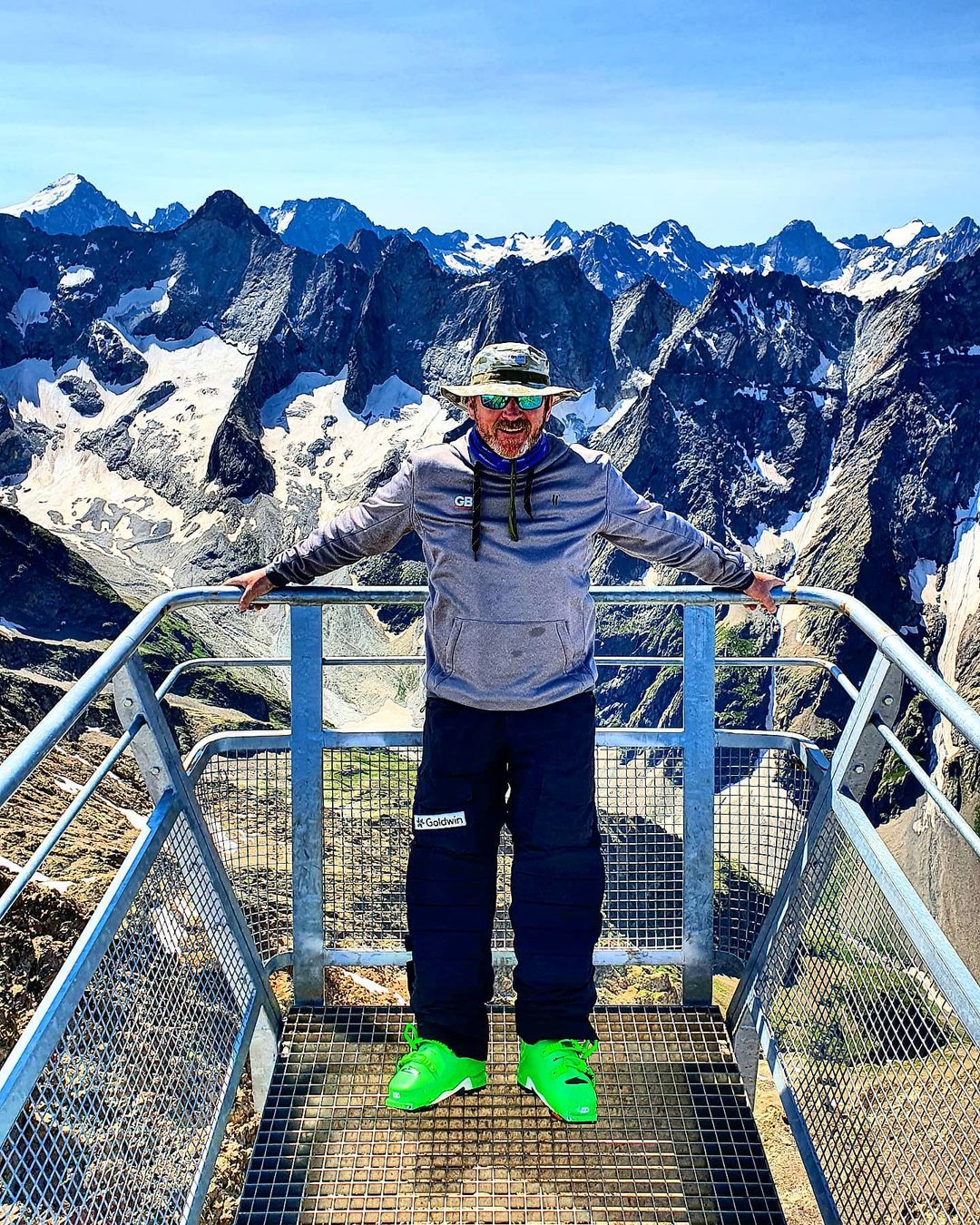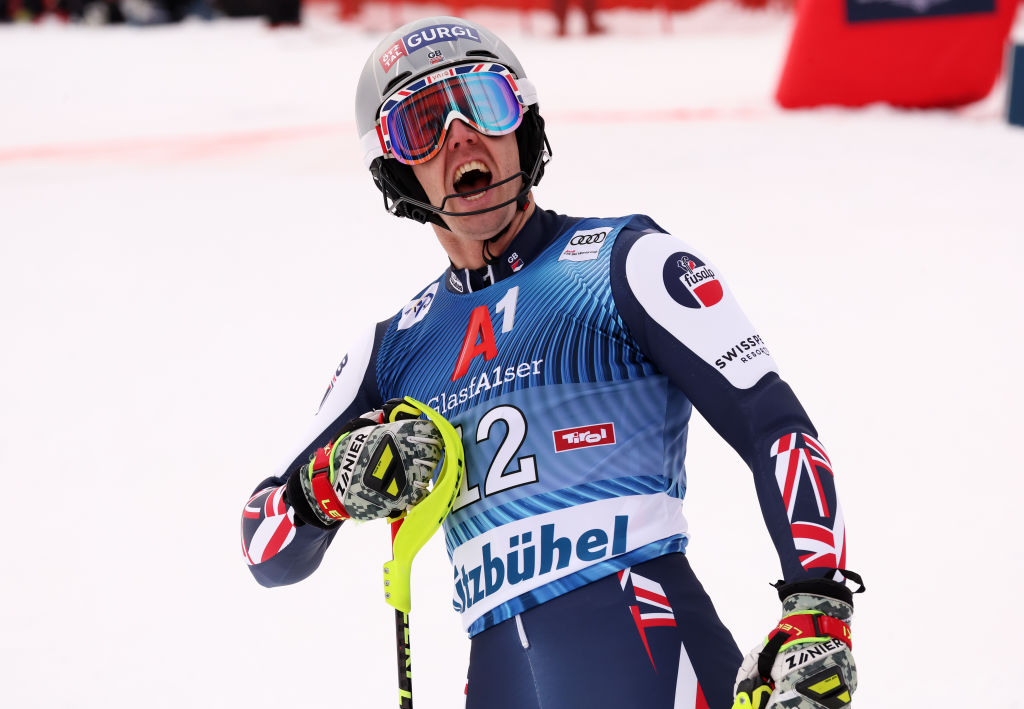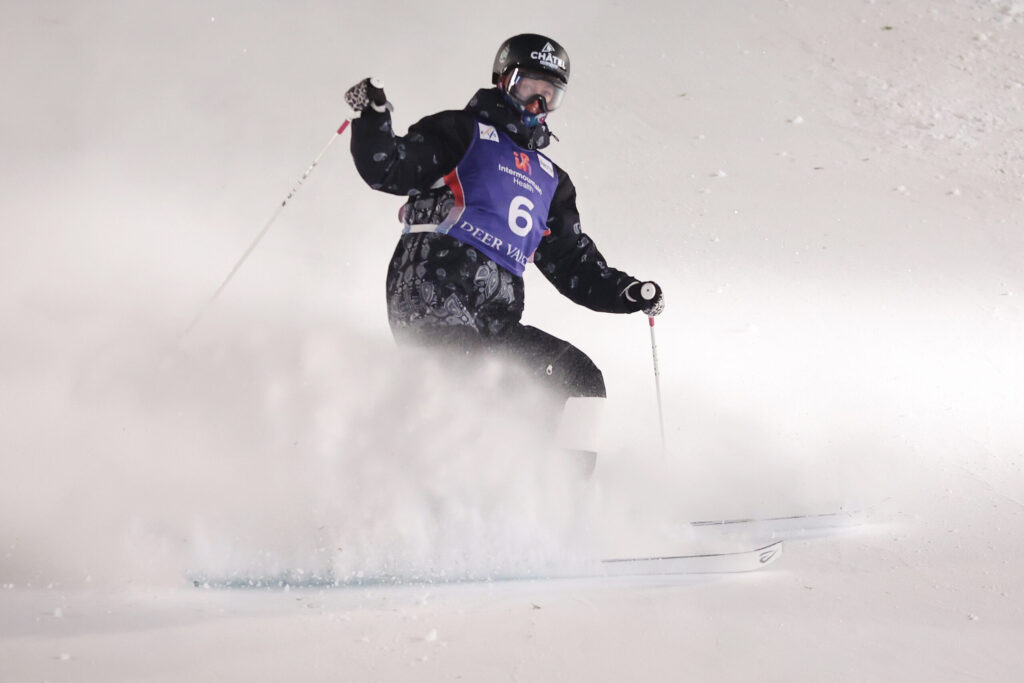
For Para Snowboard wax tech Mark Scorgie, setting up equipment is just the tip of the iceberg to giving our athletes the best performance and speed available.
How and why did you get into waxing?
“I became friends with a guy that ran a race equipment shop in Austria called “Denifl” in the early 90s. At the time, they operated out of an old cow shed. I used to help build race gates when they changed from stab in bases to screw bases in return for bits of kit and wax.
“As the years went on and their company grew, I would get invited to workshops being run by the main wax manufactures as they delivered their knowledge and experience to the techs and coaches from around Austria.
“I’ve been working on skis and snowboards ever since, being lucky to study under some great ski and snowboard technicians over the years.”
What are the main duties of a wax technician?
“In short, it is to make sure the equipment is set up to give the riders the best performance and speed available. But there’s much more to it, including upkeep, maintenance and charging of all the team equipment such as start gate, shovels/rakes, radios, gates, timing……the list goes on.
“But just as important is running the start area, you need to know the riders really well and build very close relationships with them. You’re the guy that goes with them into the start of every race. They need total trust in me. I’ve set up what they are riding on and they must have confidence in what I’ve done. I’m also passing on info on the course that’s been radioed in. Sometimes this is not the most confidence building info, so it needs to be framed in a way that each rider will respond well to. Each rider has their own style in the build up to the start. Some need revving up, others need a more mellow approach and each situation is different.”
What is the full process of waxing and how long does it take to get the athletes ready?
“There is a lot of work that goes into getting a board fast and a lot of this is done over the summer months. New boards require grinding flat and new structures putting in them, then testing to find which are the fastest. After this, there are countless hours spent in cellars, garages and hotel boiler rooms preparing the boards to get it set up in the way that the riders need. I guess you need to be comfortable with late nights and early starts plus your own company. This year will be our first year with a ban on the use of fluorinated waxes. The International Paralympic Committee has committed to not using a substance that is harmful to the environment; so it will be interesting this year to see what impact that has. We will need to figure out what works with the newly released waxes that conform. That is why our new board preparation in the summer will be so important this year.”

Does wax need to be tailored to each individual athlete?
“It can do. We need to take into consideration different Para Snowboard classification classes. The upper limb riders may race or qualify at different times of the day to the lower limb riders. This could bring into question snow temps and conditions as the weather changes or heats up throughout the day. I might also need to change things up to play to the strengths of our riders at different parts of a race track.”
What kind of knowledge do you need to do the job well?
“Knowing how to make a snowboard fast is the obvious answer but experience, I think, is key. I think the one thing that has helped me along my journey is having the openness to ask questions. You are always learning.”
How do you adapt to different snow parameters and weather conditions around the world?
“I will tell you after you’ve signed the Official Secrets Act. 😉”
How much does waxing impact an athlete’s performance? Can it make or break a podium finish?
“It can have a huge effect on the guys’ results. One thing I see a lot of from other teams on the circuit is that they only use the higher performing waxes at races. This could have a negative effect as their riders aren’t used to the speed when it comes to race days. We train as we race. It’s all part of the confidence/relationship building between tech and rider.
“When it comes to the podium, it can give the guys the edge out of the start on the SBX or Banked Slalom or help them glide faster than anyone else on the longer running sections of the course further down. It’s an ongoing process between rider and tech every day.”
 Share
Share

